What is an FPV Drone? [2024]
Introduction
When we talk about drone, first thing you will think of DJI, right? Or more precise, it’s call camera drone, like this:
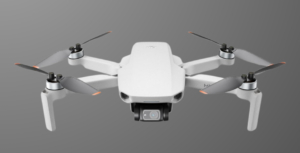
or big, massive drone like this:
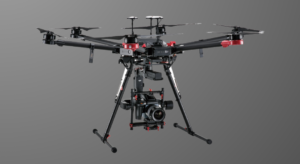
But FPV drone, it’s same same but different. It still can still fly, you still can see what is the view up there, I believe there is one obvious difference, which is THE WAY IT SHOW YOU THE VIEW.
Understanding FPV Drones
Definition
FPV stands for “First Person View”. Therefore, FPV drones mostly give you a live feedback in a first-person perspective of the drone’s flight, akin to being in the cockpit of an aircraft.
Usually the pilot will wear a pair of goggles (which we will explain later), but some of the cases, it is not necessary to use goggles, you can get the video transmitted to monitor or mobile devices.
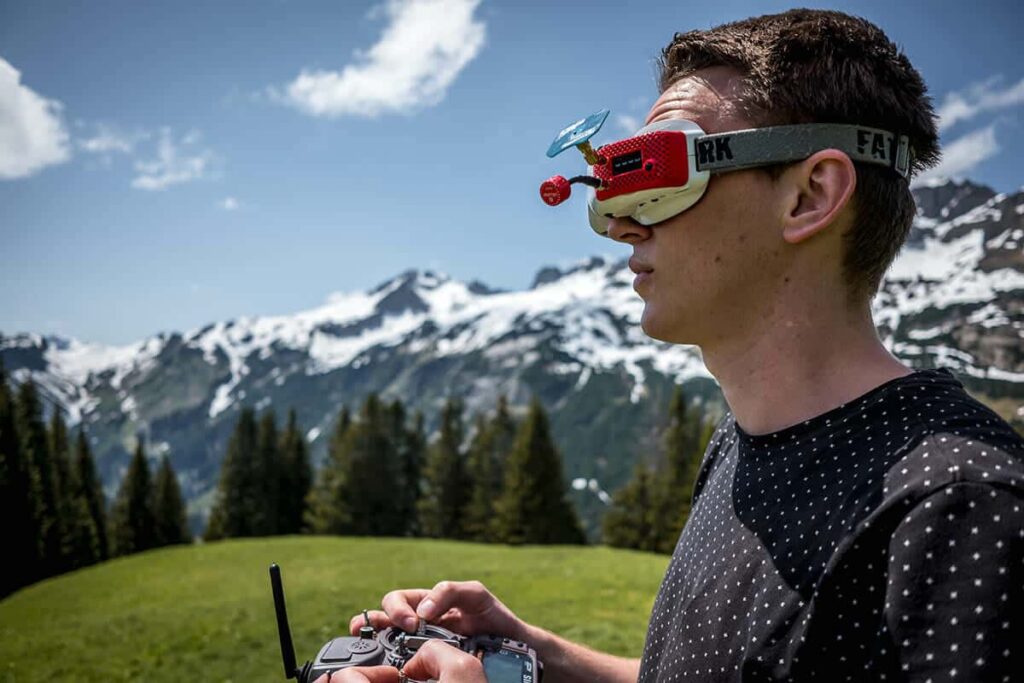
Key Components
FPV drones consist of several essential components that enable the immersive flying experience:
1. Quadcopter Frame: Most FPV drones are quadcopters, meaning they have four rotors. This configuration provides stability, agility, and ease of control.
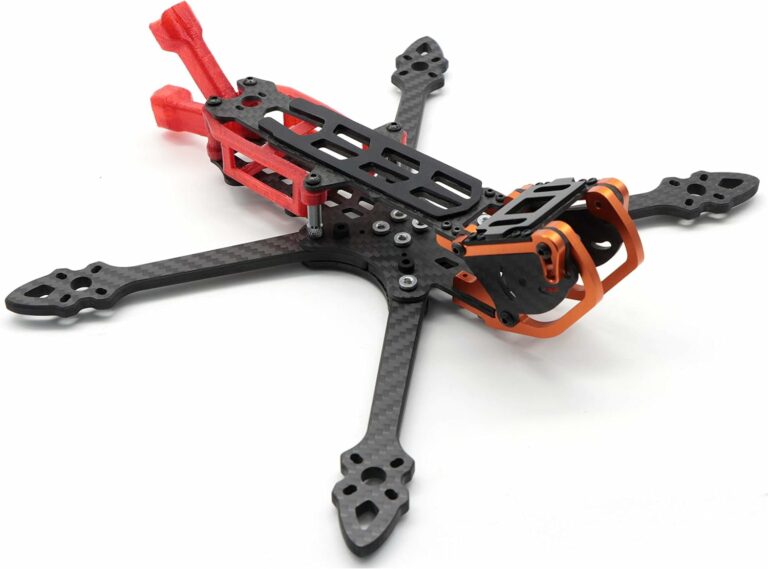
2. Camera: A high-quality, lightweight camera is mounted on the drone. It captures real-time video footage of the flight.
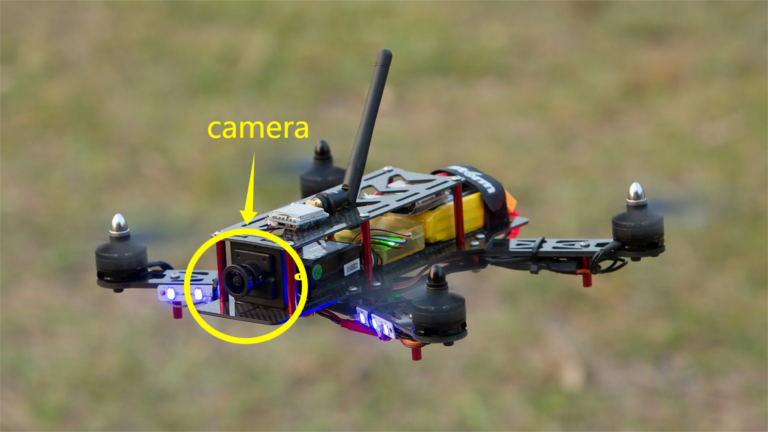
3. Video Transmitter (VTX): This component sends the video feed from the camera to the pilot’s goggles or monitor via a wireless signal.
4. Antenna: Both the drone and the pilot’s receiver have antennas to ensure a strong and stable video and control signal.
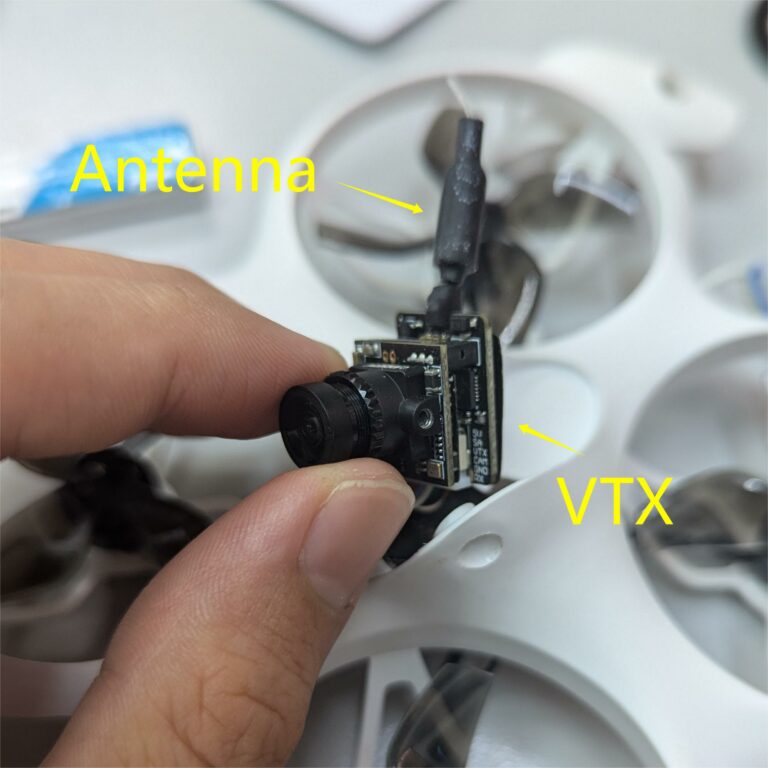
5. Flight Controller: An onboard computer that processes the pilot’s inputs and stabilizes the drone during flight.
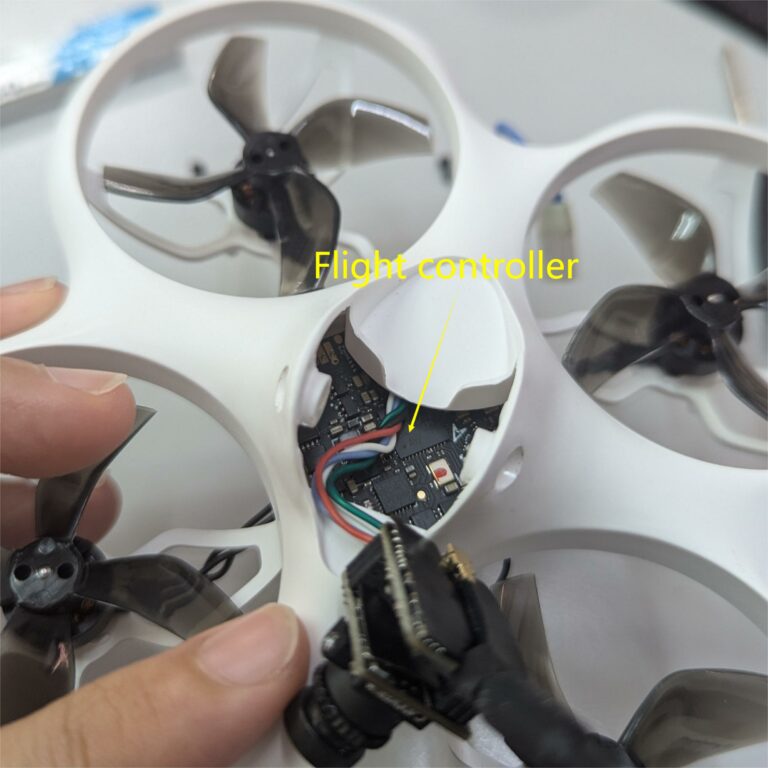
6. FPV Goggles or Monitor: These devices receive the video feed from the drone, allowing the pilot to see what the drone sees. FPV goggles offer a more immersive experience, while monitors provide a broader field of view.
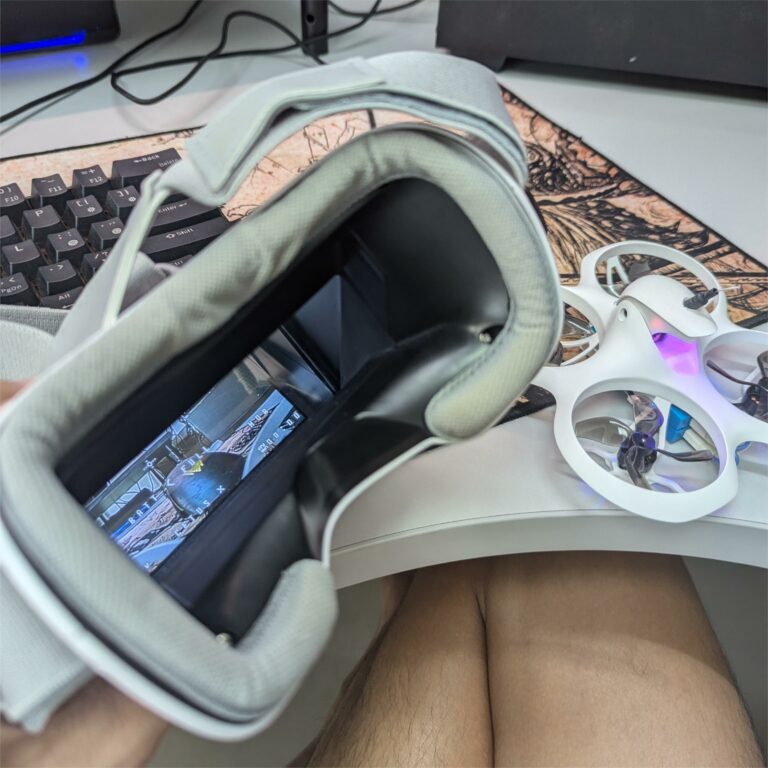
7. Radio Controller: A handheld device used by the pilot to control the drone’s movements. It typically has joysticks and buttons for maneuvering the drone.
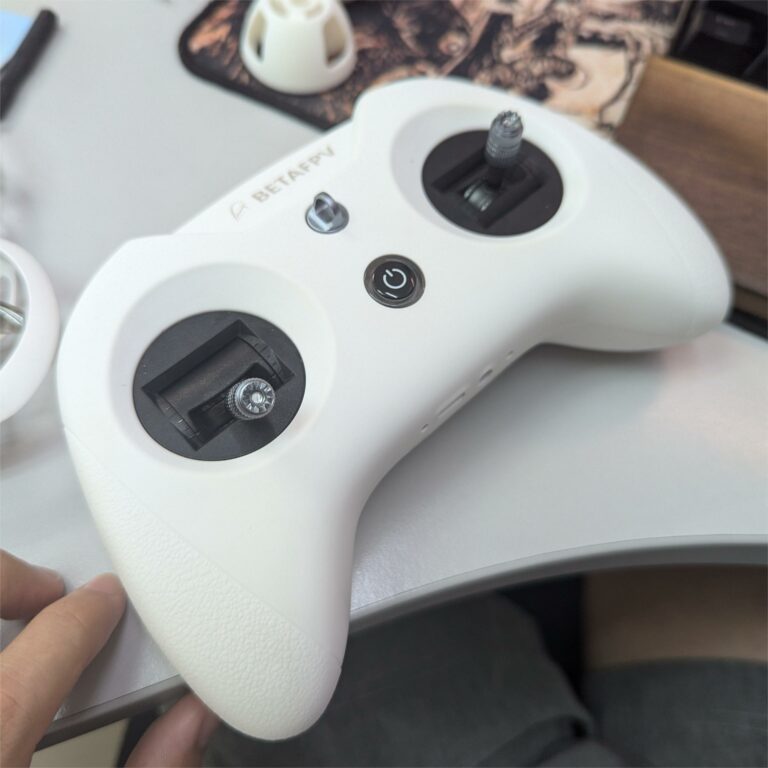
How do you fly an FPV drone?
Well, if you familiar with camera drone like DJI’s product, for example, DJI mini 2, you may be thinking what is the differences between FPV drones and normal camera drone.
I believe the key difference is the ability to STAY HOWER.
FPV drone are meant to control in manual mode or AKA acro mode, which you manually control all the yaw, pitch, roll and throttle.
That’s why you can see a lot of video from social media, the pilots can do a lot of movement that normal camera drone cannot achieve!
Below is one of the video you can refer:
FPV freestyle by MCK FPV
Am I suitable for FPV drones?
You may be thinking it could be very hard to control an FPV drone, that’s why you are researching and try to understand how it works, right?
The great thing about FPV drones is you are able to experience how it’s feel like if you are in a cockpit of an aircraft.
If you are someone who looking for challenge and eager to getting unique footage, FPV drones might be the one for you!
In recent years, we can see quite a number of RTF(ready-to-fly) FPV product, and I own some of them too!
For my case, I got DJI Avata and Cetus X FPV kit which come with full package including goggles, controller, drone and some other accesorries.
These product definitely helps a lot on making FPV beginners friendly, however you still need to learn how to take control of the drones, how to take care on the batteries.
Even further, you can learn how to modified your FPV drones but it required certain amount of commitment to understand how to choose correct component.
Since FPV meant for speed and freestyle tricks, goggles which providing an immersive view help you to react faster
By all mean, if you are in “Acro mode”, you are one who is in charge, you gotta hold on to those sticks!
What can you do with FPV drone?
FPV drone racing
I could say drone racing is made for FPV drones. You need to fly along the route with high speed, with very hard to achieve with GPS camera drone.
The courses require certain level of skills to make sharp turn, react fast to avoid obstacles.
You can feel the adrenaline just by looking at the footage navigate through tracks.
FPV drone racing
FPV freestyle
Freestyling with FPV require you to be creative and able to take risk, of course. The freestyle trick need to be done with precise control on your drone.
Some tricks including power loop, split S, inverted float and so much more.
You gotta spend hours on simulator to avoid crashing.
Example of FPV freestyle
Cinematic FPV shots
You can see more and more movie makers using FPV shots for cinematic scene.
You can use cinelifters for outdoor shots, or small cinewhoop for indoors.
Long range FPV drone is also a good choice.
Cinematic FPV video require more steady control to make the footage stable and exposed the beauty of scenery.
Cinematic shots at scenery
How to start flying FPV?
Always start with a simulator, always.
Because flying FPV drones is way riskier than normal GPS drones.
You have to understand the physics, component of drones, to save you from crashing the drones and not knowing how to repair them.
I would recommend LIFTOFF on the Steam as your first simulator, however it would cost you around RM40-50, you have to look out for discounts.
FPV.SkyDive is also one of the good free simulator.
After you have familiar with the controls, then you can put it to real test at a BIG, SAFE outdoor field, try to avoid people to reduce the chances it crash to others.
Conclusion
To step into the world of FPV drones, you need to do tons of research and practice.
However, it is totally worth all the effort if you are very into shooting videos, taking risk and challenge.
To summarize all of this, first, get a simulator, second, get a FPV kit like Cetus X which include all the stuff you need.
Third, study the battery voltage and how to take care of them
and lastly, enjoy your flight!
I hope this article give you a slight glance on What Is an FPV drone, and I will updates more tips and knowledge of FPV drones as well. Peace.
